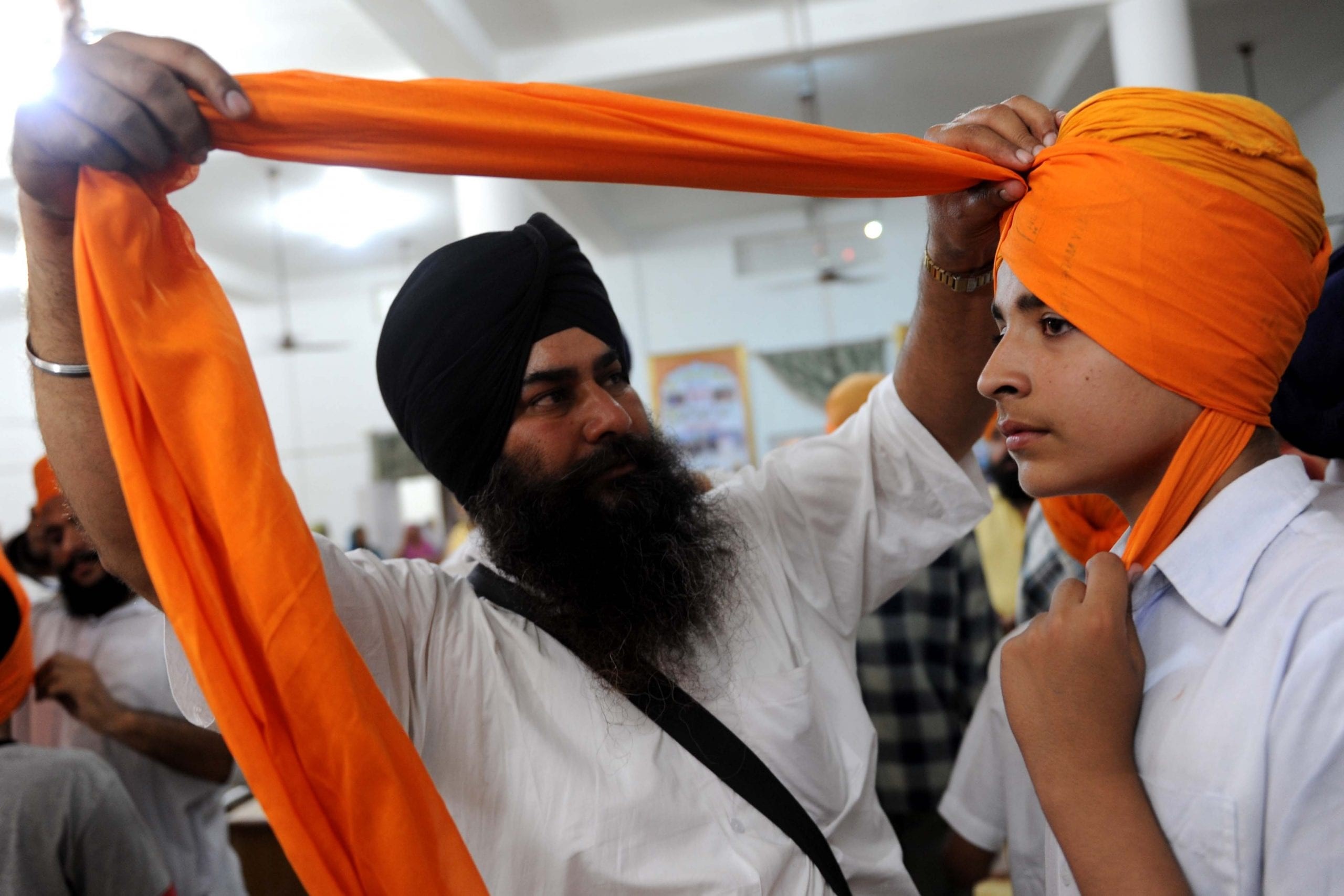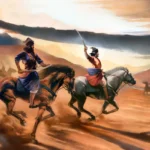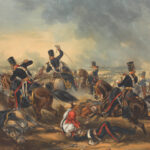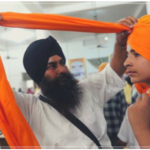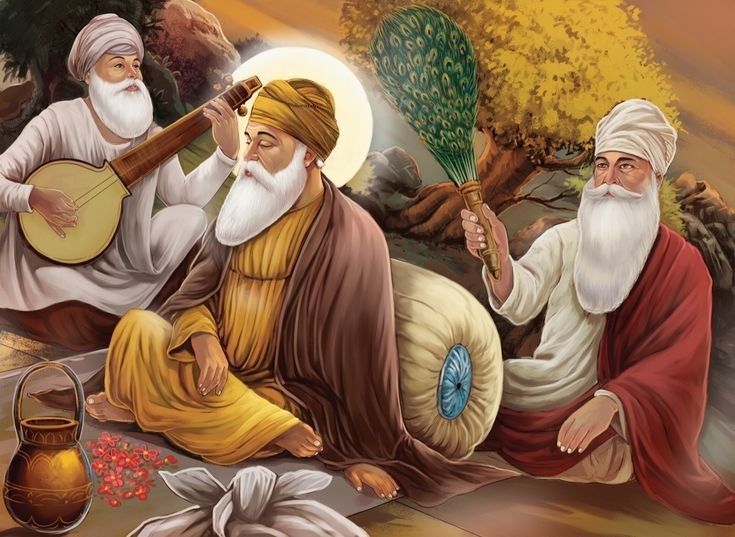Sikh principles, concepts, and practices are adamantly opposed to unequal treatment of persons based on gender, ethnicity, or religion. The turban performs not just a religious purpose (i.e., to express the Sikh belief in the equality of the sexes, modesty, and God’s sovereignty), but also a logical role (i.e., to cover and retain in order a Sikh’s unshorn hair).
The turban is an element of faith, not a religious symbol. The rosary and other jewellery are voluntary, but the turban is required and cannot be withdrawn. Symbols are nothing more than depictions of real-world objects. The turban has religious connotations, it is so much more than that. The Sikh’s individuality is expressed in the turban they wear.
In contradiction to a regular peasant, Guru Gobind Singh instructed each Sikh to carry a sword, adopt the surname Singh, and exhibit his kesh (hair) and turban fearlessly and without fear, as anticipated of a noble warrior. In this context, the turban is considered a commemoration of a lowly person’s psychological betterment as a result of his devotion to Waheguru. Hair, according to Guru Gobind Singh, is a priceless creation. He encouraged Sikhs to never cut their hair and just let it flourish freely as a sign of love to the creator. Uncut hair requires protection from the elements, and the best way to do so is with a turban.
Sikhs believe that wearing a turban that is tightly wrapped around the head keeps the mind rooted and concentrated on the things that matter. This concept is so prevalent that Sikh women wear a turban as a symbol of consciousness and sexual equality.
The Turban was widely worn as a sign of power during the inception of the Khalsa. It was a symbol of the upper castes. Wearing a turban was reserved for the wealthy and powerful. The turban was no more seen as a symbol of status when this system was dismantled and everybody was given the same right to wear one.
In addition, a turban is related to religious beliefs. A Sikh is supposed to wind in his awareness, dedication, and identity as he binds every layer around his skull. A person who looks at a Sikh only needs to give just one look to realise that you are a force to be reckoned with.
The turban is important for both functional and traditional reasons. The turban acted as a flexible, permeable helmet in combat, shielding the wearer from arrows, bullets, maces, swords, and blades. It also shielded a Sikh’s long hair out of his face and out of the reach of an attacker. Modern turban supporters believe that it offers more safety than a bike helmet.
The donning of a turban has a scientific justification. Putting a head covering is thought to give you control over your sixth chakra, the agia chakra. The 26 sections of the mind, that are interconnected with the neural synapses and magnetic waves, are claimed to be stabilised by covering one’s skull. The functioning circuit of the sides of the brain is focused when one’s head is covered, and the neurological mechanism is tuned. A turban should be worn such that it covers the entire head, not only the crown chakra. A turban dynamically adapts your skull position.
Because the turban has been such an important part of Sikh identity, forcing Sikhs to wear it is comparable to asking them to do something that goes against their religious beliefs. Sikhs believe that God is all around us, so they wear the turban everywhere as a symbol of reverence for Him, as well as a representation of their modesty and faith in gender equality.
A Sikh would experience the same sense of humiliation if he or she was forced to remove the turban, just as a person would if they were forced to appear in nakedness.
In the lifestyle of a Sikh, turban-wearing is something that happens every morning. When the turban is stripped away, it must be cautiously untangled so that it does not come into contact with the floor, after which shaken out, extended, and folded neatly in preparation for another use. The care and hygiene of the kes and beard are part of the everyday regimen. After work, before evening prayers, or before bedtime, the hair can be brushed and the turban refasten. Turbans come in a wide range of shapes, fabrics, and colours. In a professional context, a taller turban is frequently worn, and it can be colour coordinated to the event. Blue, black, white, and orange are some of the most popular traditional liturgical hues.
Red is a popular colour for weddings. Turbans with patterns or tie-dye are sometimes worn only for amusement. A woman’s headscarf, also known as a veil, is usually matched to her outfit and can be solid contrastingted hues. Decorative needlework may be found on several of them.
